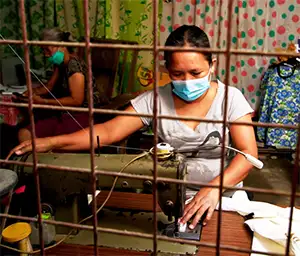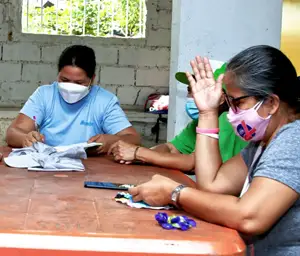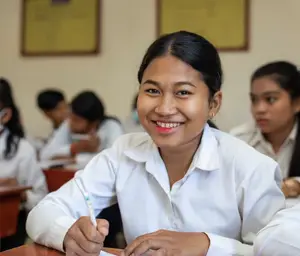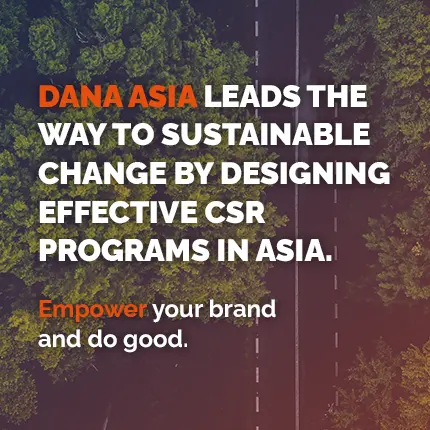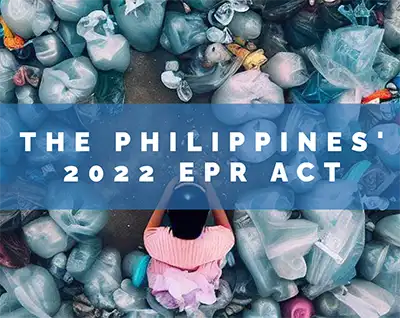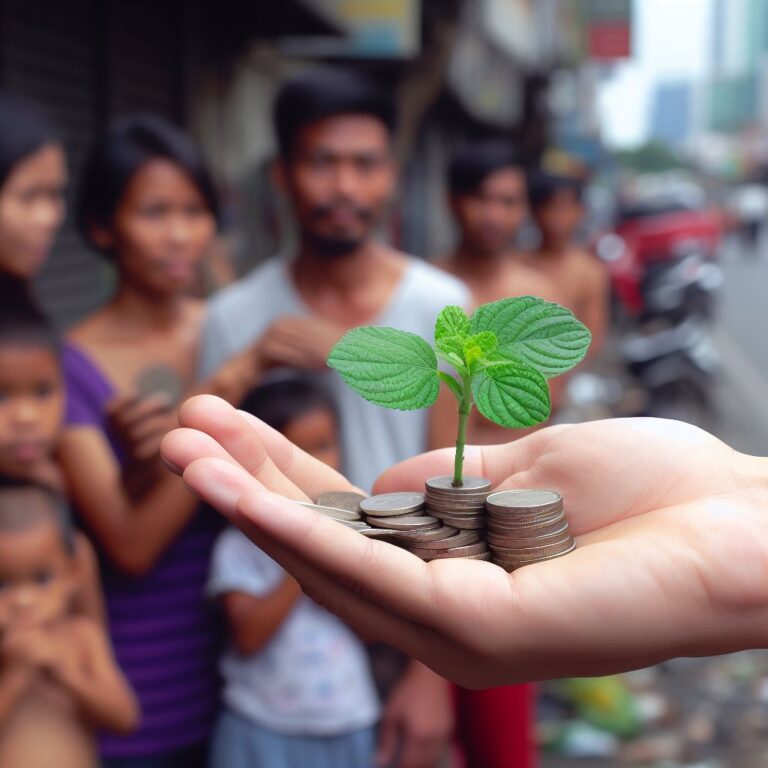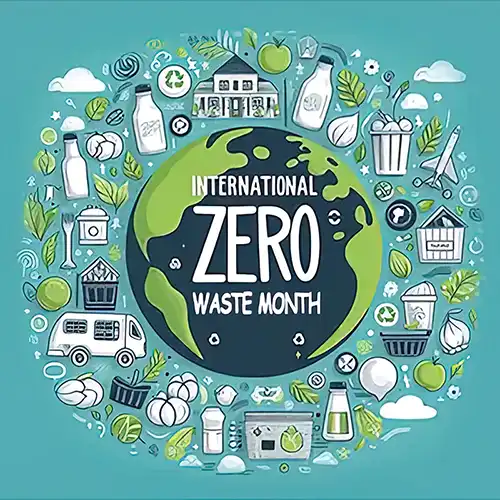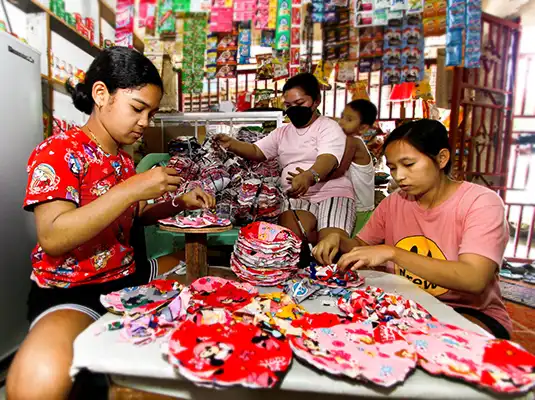Social Issues of Poverty and Solutions for Poverty Alleviation

What is poverty?
Poverty is a complex issue that encompasses numerous economic, social, political, and environmental factors that can’t be summed up in one post. What this post aims to do, however, is look at some of the main causes of poverty, who is most affected, and look at what Dana Asia is doing towards poverty alleviation. No individual can “solve” poverty, but we can educate ourselves for a better understanding so that together we can all take small steps towards tackling this global issue.
What are the main causes and social issues of poverty?
While the precise causes of poverty vary depending on the specific context, there are some common economic, social, political, and environmental factors. Lack of access to fundamental services like education and healthcare along with lack of access to jobs make it very difficult for people to earn a living enough to provide for their basic needs. Education is essential for people to get good jobs and earn a living. However, in developing countries, many children do not have access to quality education. This is due to a number of factors, such as poverty, lack of schools, and gender discrimination. In many developing countries, there are not enough jobs to meet the demand due to a number of factors, such as rapid population growth, economic instability, and lack of investment.
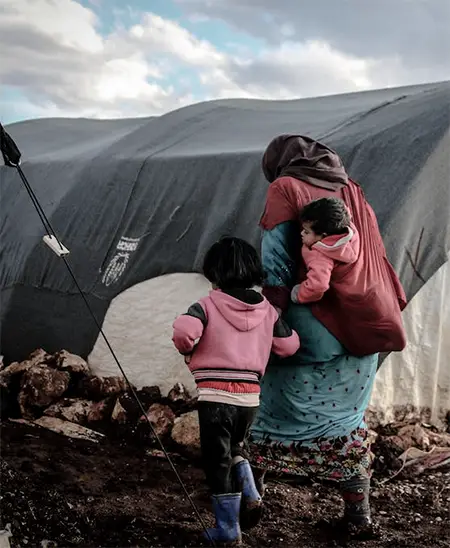
Social factors causing poverty
Commonly seen in many impoverished countries, social factors like discrimination and gender inequality contribute to poverty by preventing people from participating fully in society and creating a barrier to opportunities. People who are discriminated against, such as women, ethnic minorities, and people with disabilities, are more likely to live in poverty because they often have less access to opportunities and resources.
Countries with high levels of corruption, conflict, and political instability make it difficult to invest and grow businesses and cause under or unemployment, which can lead to poverty. Conflict can destroy infrastructure, disrupt livelihoods, and displace people
Environmental factors causing poverty
Finally, environmental factors like climate change, natural disasters, and environmental degradation can disrupt livelihoods and make it difficult for people to access essential resources. Climate change is already having a negative impact on people’s lives all around the world, but the effects are felt more in the developing world. Climate change is causing more extreme weather events, such as typhoons, droughts and floods, which can destroy crops and homes leading to poverty and displacement.
Who is most affected by poverty?
While poverty affects people from all walks of life, it disproportionately impacts certain groups more than others. This post will look at three specific groups that Dana Asia works with towards poverty alleviation: women, rural populations, and under/unemployed, low-skilled groups.
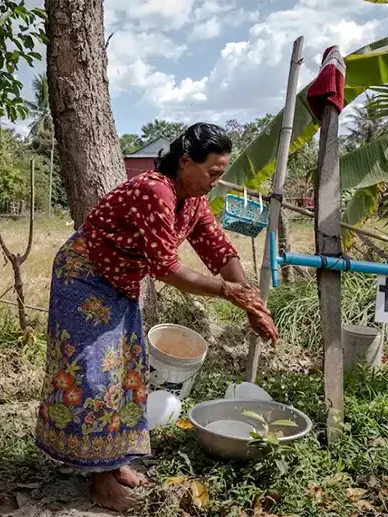
Women
For women in developing countries, gender disparities in income, education, and access to resources can result in higher rates of poverty. Working women often earn less than men for the same work or due to occupational segregation. Alternatively, women in impoverished households often shoulder the burden of unpaid care work, including childcare, care of elderly relatives, and household chores, which can limit their ability to pursue education and employment. Single mothers, who often experience higher poverty rates, may face additional challenges in balancing work and caregiving responsibilities. Due to these reasons, women may face higher rates of unemployment or underemployment, making it difficult to secure stable, well-paying jobs. Women are also less likely to own property or have access to financial resources like savings and credit.
In many regions, girls have less access to quality education than boys, which can limit their future earning potential and economic independence. In some communities, poverty can lead to early marriage for girls in some cultures, which often interrupts their education. Women in poverty may have limited access to healthcare services, including maternal and reproductive health services, and health disparities due to poverty can affect women’s well-being and life expectancy. FInally, political and social factors can impact women. Women in poverty may have less political representation and participation, which can affect their ability to advocate for policies that address their specific needs. Discriminatory social norms and practices can limit women’s economic opportunities and access to resources.
Poverty in rural populations
In rural populations, poverty rates tend to be higher due to more limited access to jobs, education, and healthcare. On average, rural populations tend to have lower incomes than urban populations, which can contribute to higher poverty rates. Rural areas may have fewer employment opportunities, especially for skilled jobs, which can result in higher unemployment rates. Many rural economies are tied to agriculture, which often provides seasonal and low-wage employment. Rural livelihoods can be susceptible to income volatility due to factors like weather conditions, crop yields, and market fluctuations. Rural poverty is often closely linked to the challenges faced by small-scale farmers, including access to credit, modern farming techniques, and markets for their products. Rural areas often have limited access to healthcare and education services and may lack adequate infrastructure, including roads, electricity, and sanitation, which can hinder economic development. Limited public transportation options can make it difficult for rural residents to access jobs, healthcare, and education in nearby towns or cities. Rural areas may have limited access to the internet and technology, which can impede access to information, educational resources, and online job opportunities.
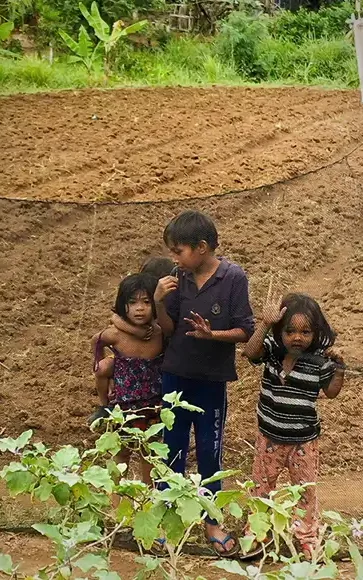
Poverty among under/unemployed and low-skilled groups
Underemployed and low-skilled workers are at high risk of falling into poverty or remaining in poverty with low wages and lack of job security. Underemployed and low-skilled workers typically earn lower wages than those with higher skills and more secure employment. This often results in insufficient income to meet basic needs, including housing, food, and healthcare. Irregular work hours can lead to income volatility and limited access to benefits like sick leave, paid vacation, and retirement plans make it difficult to budget and save money. Low-skilled jobs often offer few opportunities for career advancement or skill development, which can lead to stagnated earning potential. Many low-skilled jobs do not offer job training, educational opportunities, or health insurance, making it challenging for workers to improve their circumstances. Dana Asia promotes sustainable livelihood creation, increasing access to the financial services and training aspiring entrepreneurs need to start their own businesses and take control of their earning potential.
How can we reduce poverty?
Poverty is a complex problem with no easy solutions and it may be difficult for us as individuals to see how we can help. However, there are a number of small actions that anyone can take to contribute to the fight against poverty. A few examples are:
- Educate yourself and the people around you: Learn about the causes of poverty in your community and globally. Understanding the issue is the first step in addressing it effectively. Use your voice and platforms to raise awareness about poverty-related issues. Educate your friends, family, and community about the challenges faced by those living in poverty.
- Support local initiatives: Take an interest and get involved with local organisations and initiatives focused on poverty alleviation, such as food banks, homeless shelters, job training programs, and educational support services. Volunteering your time or resources can make a significant impact.
- Support fair trade and ethical consumerism: Choose to purchase products from companies that promote fair labour practices and ethical supply chains. This can help create demand for fair wages and working conditions.
- Donate to charitable organisations: Contribute through monetary donations or time to reputable charities and NGOs that work on poverty alleviation projects. Research organisations to ensure your donations are used effectively and transparently.
- Raise awareness: Use your voice and platforms to raise awareness about poverty-related issues. Educate your friends, family, and community about the challenges faced by those living in poverty.
- Engage in sustainable practices: Advocate for sustainable development practices that address environmental issues and promote economic growth that benefits marginalised communities.
Poverty is a global issue and requires multi-sector action by governments, the private sector, NGOs, and individuals. Poverty reduction is a long-term endeavour but our individual actions, when combined with those of others, can contribute to positive change. Collaborating with local and global efforts can create a more inclusive and equitable society.
What is Dana Asia doing towards poverty alleviation?
Dana Asia believes in an equitable world where everyone, no matter what background, gender, religion, has access to the same tools and opportunities to succeed. Dana Asia works to address the causes of poverty using microfinance, social business, and education to improve access to a number of essential tools for poverty reduction:
Microfinance
Access to financial services: Those living in poverty often have limited access to financial services. Many do not qualify for traditional loans due to lack of collateral and credit history and high interest rates put them at risk of not being able to repay. Dana Asia’s Grameen microfinance approach targets the poorest of the poor, disbursing microloans in a way that empowers borrowers to succeed in starting or growing a business.
Training and capacity building
Access to training: Training and capacity building is an essential tool in poverty alleviation. All of Dana Asia’s programs feature training of some description, whether it’s essential entrepreneurship and business management training, financial literacy, or vocational and livelihood skills training. This training gives aspiring business owners or young entrepreneurs the skills they need to take control of their futures by establishing their own small businesses, completing further education, or finding skilled work.
Schools and scholarships
Access to basic education: Dana Asia’s school building projects ensure impoverished students in marginalised communities have access to a physical school building needed for them to gain an education. In addition, Dana Asia’s scholarship program gives young students the opportunity to overcome financial barriers and pursue tertiary education.
You can learn more about Dana Asia’s work towards poverty alleviation on the various project pages, and read real life success stories in our Stories section.
Inspired by this?
Be the change you want to see. Empower individuals and families by supporting our work to break the cycle of poverty. Connect with us, start a Workplace Giving or CSR program, or make a donation to create a lasting impact.

